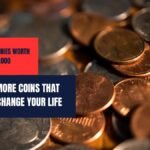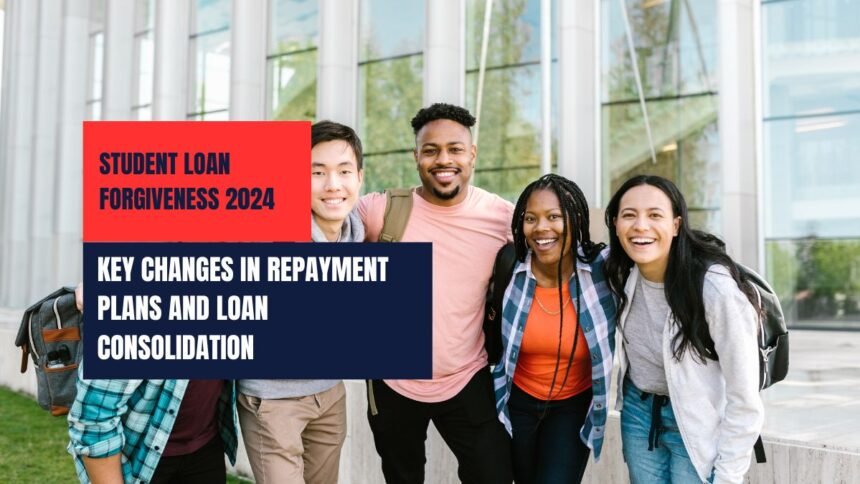Student loan forgiveness is a significant program introduced by the US government to ease the burden of student loan repayment. Recently, new guidelines have been issued to update the rules regarding repayment and loan consolidation. This article provides a simplified overview of these new guidelines, helping you understand how they might affect you.
Student Loan Forgiveness New Guidelines Issued
The Student Loan Forgiveness program is an important initiative by the US federal government. It aims to relieve the financial pressure on individuals repaying student loans. Recently, the Education Department released new guidelines that update key aspects of this program. These changes affect income-driven repayment plans, direct loan consolidation, and overall student loan forgiveness.
For those enrolled in the SAVE program, there will be updates to monthly payments, which should start this month or by August. Also, any forbearance associated with these loans is expected to end by next month.
Repayment and Consolidation Changes
Income-Driven Repayment Plans
The income-driven repayment (IDR) plan is designed to make loan payments more manageable. Monthly payments are based on your income and family size. If you earn less than $32,800 as an individual or less than $67,500 for a family of four, you can benefit from this plan. Starting in July 2024, payments for undergraduate loans will decrease from 10% to 5% of your income. For loans of $12,000 or less, the remaining balance will be forgiven after just 10 years of payments, instead of 20 to 25 years.
Direct Loan Consolidation
The Direct Loan Consolidation program allows you to combine multiple federal loans into one new loan. This consolidation can lower your monthly payments and provide access to federal forgiveness programs. Loans have fixed interest rates and longer repayment periods, which can reduce your monthly payments. However, consolidating might cause you to lose some benefits like loan cancellation options.
Student Loan Forgiveness Eligibility
Approximately 30 million US citizens are expected to benefit from student loan forgiveness. To qualify, you must meet certain criteria:
| Eligibility Criteria | Details |
|---|---|
| Pre-July 2005 Repayment | If you began repaying your loans before July 1, 2005, or had graduate debt before July 1, 2000, you may be eligible. |
| Economic Hardship | Students from low and middle-income families facing economic challenges can qualify. |
| Underperforming Institutions | If you attended a program or institution that did not provide sufficient value, you might be eligible for relief. |
Check the official government website for more detailed eligibility requirements.
How to Claim Student Loan Forgiveness
To apply for student loan forgiveness, follow these steps:
- Submit Application: Fill out and submit the application along with the temporary expanded PSLF (Public Service Loan Forgiveness) certification to your loan servicer using a PSLF help tool.
- Annual Submission: Submit the form annually to ensure the final PSLF form is certified by your employer after 10 years of service.
- Citizenship Requirement: Applicants must be US citizens.
- Document Submission: Include all necessary documents with your application. Regularly check the government website for the latest updates.
All We Know
Besides student loan forgiveness, the government offers other forgiveness programs:
| Program | Requirements |
|---|---|
| Teacher Loan Forgiveness | Full-time teachers working in low-income schools for five years. |
| Nurse Corps Loan Forgiveness | Registered nurses serving high-need populations in critical areas. |
| IDR Loan Forgiveness | Made timely payments over 20 or 25 years. |
For updates and further details, check the official government website regularly and keep browsing this web page.
FAQ’s
What are the new repayment changes for student loans?
Starting July 2024, income-driven repayment plans will reduce payments from 10% to 5% of your income. Loans of $12,000 or less will be forgiven after 10 years of payments instead of 20-25 years.
How does Direct Loan Consolidation affect my student loans?
Direct Loan Consolidation combines multiple federal loans into one, lowering monthly payments and providing access to forgiveness programs. However, you might lose some borrower benefits.
Who is eligible for student loan forgiveness?
Eligibility includes those who began repayment before July 1, 2005, or had graduate debt before July 1, 2000, as well as low and middle-income borrowers and students from underperforming institutions. Check the government website for detailed criteria.





